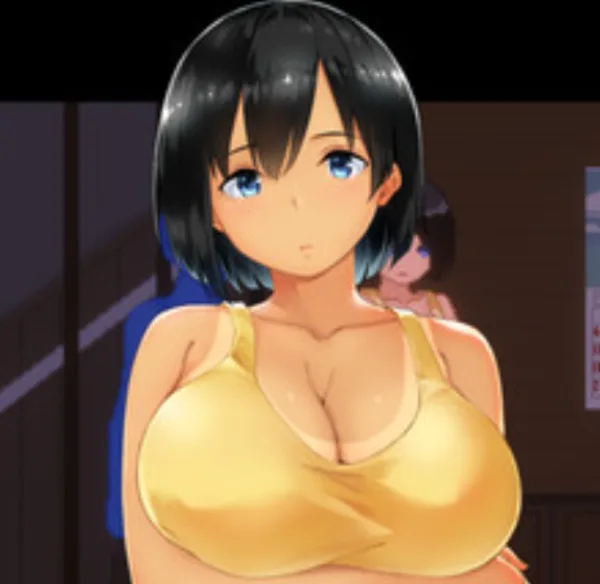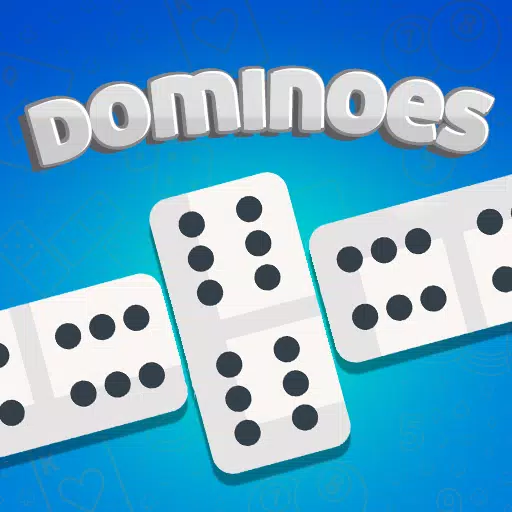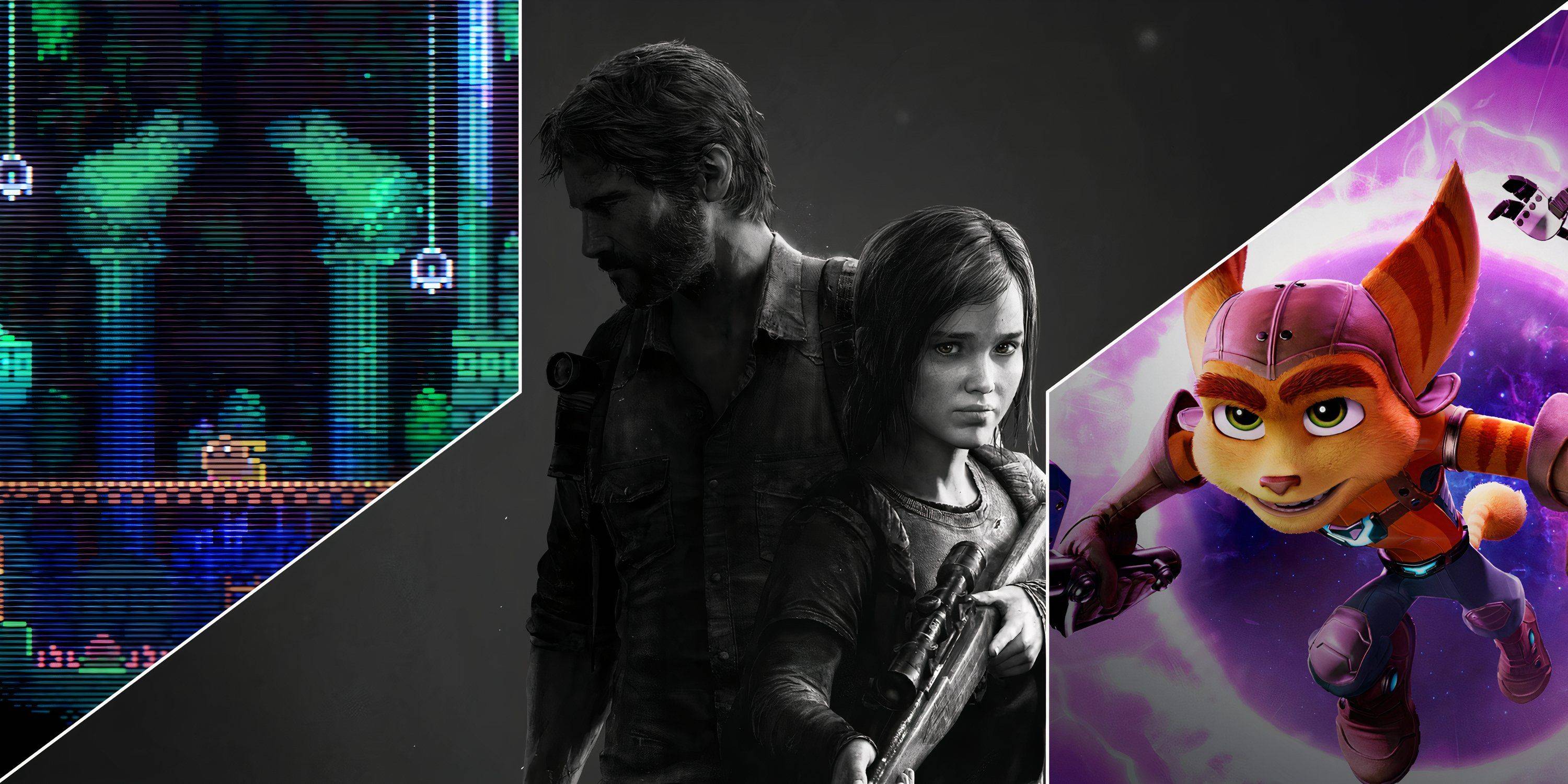As teased by Nintendo, Nvidia has shed light on the custom GPU that powers the Nintendo Switch 2, though the details provided were not as in-depth as tech enthusiasts might have hoped for. In a recent blog post, Nvidia confirmed what IGN had previously reported from Nintendo: that the GPU supports AI upscaling through DLSS and ray tracing capabilities.
Nvidia's DLSS, or Deep Learning Super Sampling, leverages AI and machine learning to upscale lower-resolution images in real time, enhancing both performance and visual quality in games. The Switch 2's GPU is described by Nvidia as a "custom Nvidia processor featuring an Nvidia GPU with dedicated RT Cores and Tensor Cores," designed to deliver stunning visuals and AI-driven enhancements.
Nvidia emphasized the extensive effort behind the Switch 2, stating, "With 1,000 engineer-years of effort across every element — from system and chip design to a custom GPU, APIs, and world-class development tools — the Nintendo Switch 2 brings major upgrades." These upgrades include support for up to 4K gaming in TV mode and up to 120 FPS at 1080p in handheld mode, as well as HDR and AI upscaling to enhance visuals and gameplay smoothness.
The new RT Cores enable real-time ray tracing, which Nvidia says will provide "lifelike lighting, reflections, and shadows for more immersive worlds." Meanwhile, Tensor Cores power AI-driven features like DLSS, improving resolution and detail without compromising image quality. Nvidia also mentioned that Tensor Cores facilitate AI-powered face tracking and background removal for video chat, enhancing social gaming and streaming experiences.
During the Nintendo Direct, Nintendo introduced the C button, which supports new chat functionality using an external camera and the Switch 2's built-in microphone. This technology smartly focuses on the player's voice while filtering out background noise.
Nvidia made a bold claim about the Switch 2's performance, stating, "With 10x the graphics performance of the Nintendo Switch, the Nintendo Switch 2 delivers smoother gameplay and sharper visuals." However, the specifics of how this performance was measured were not disclosed, leaving it to experts like Digital Foundry to analyze once the Switch 2 launches in June.
Nintendo Switch 2 System and Accessories Gallery
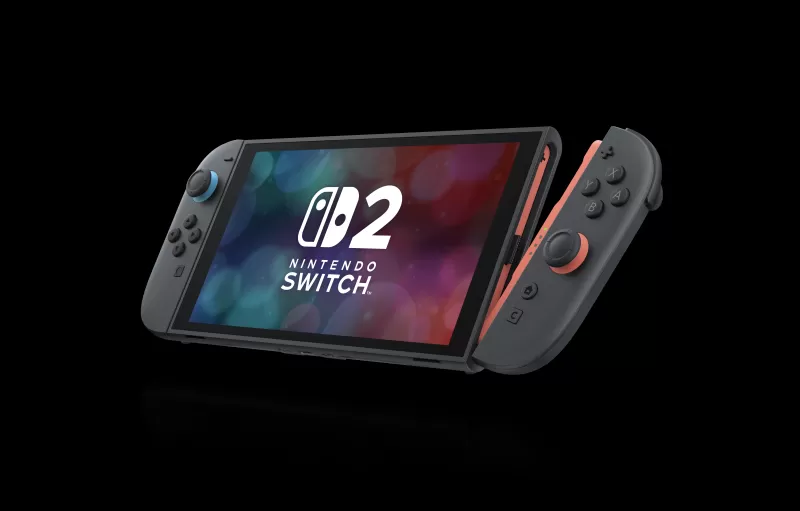
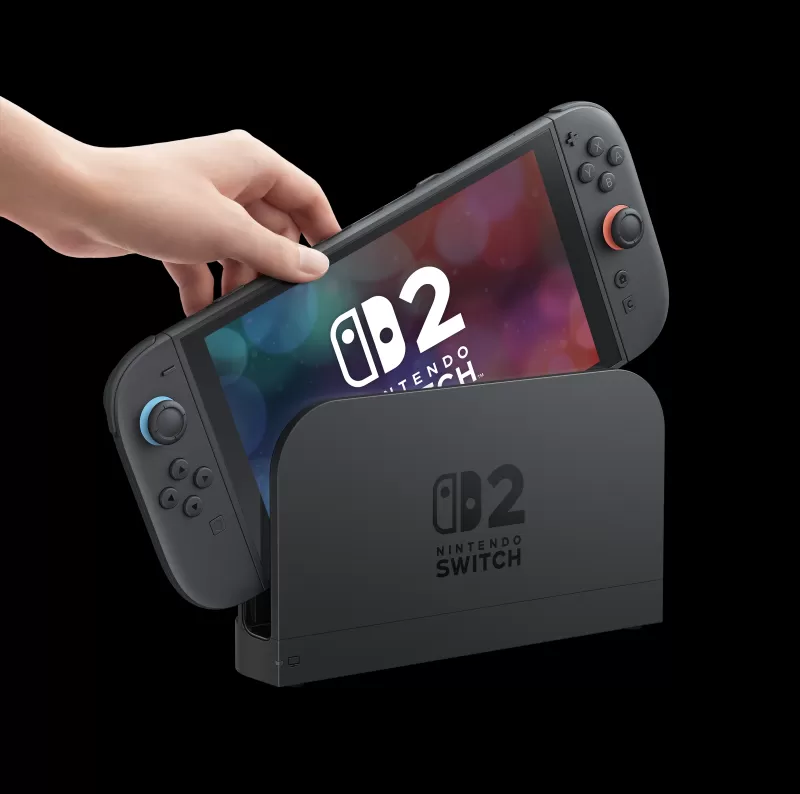 91 Images
91 Images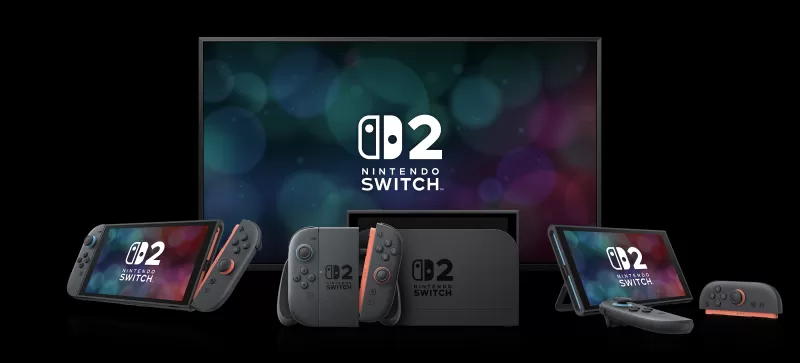
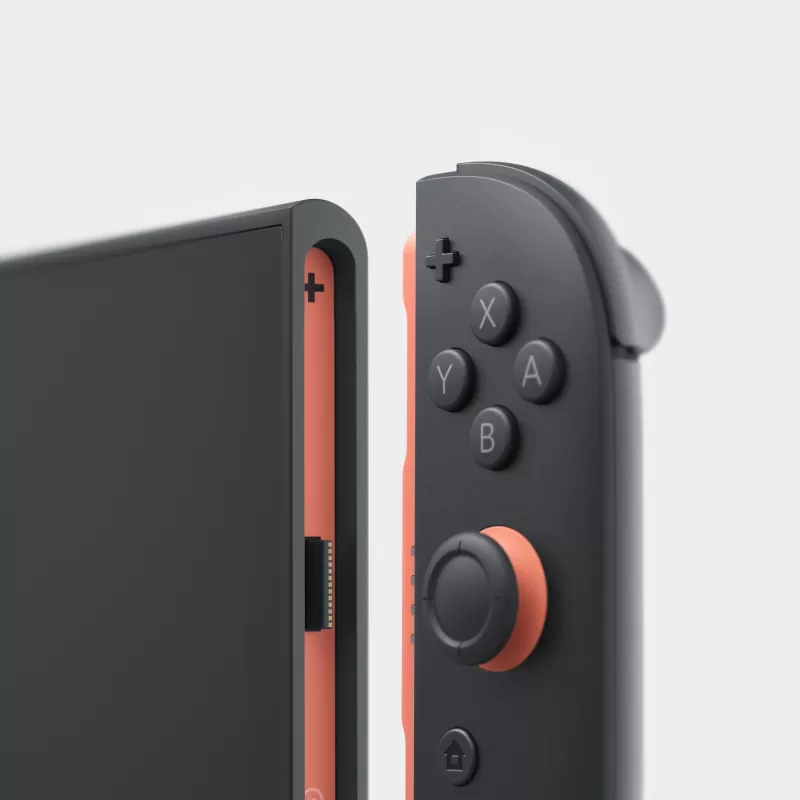
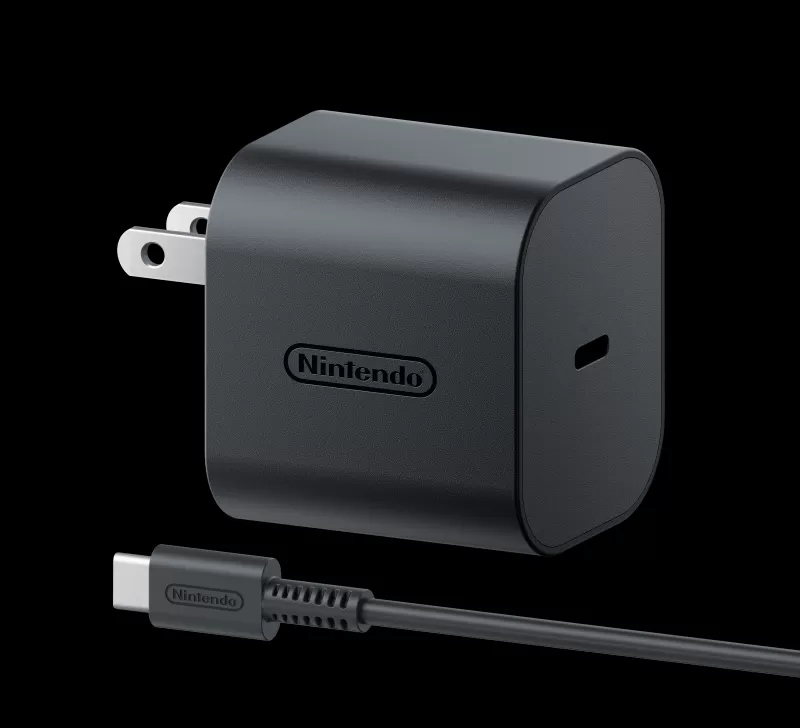
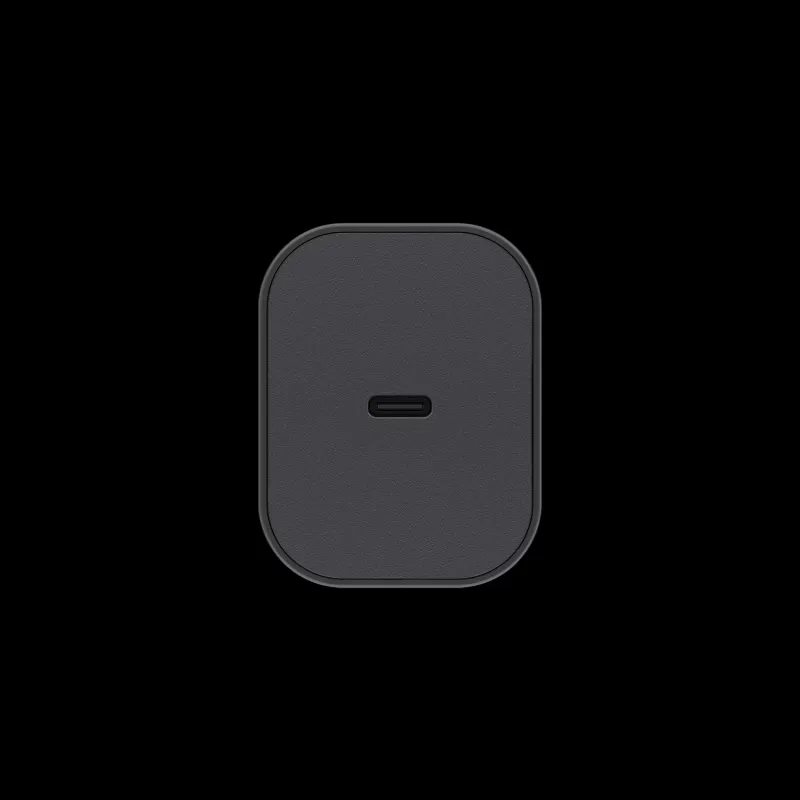
Nvidia further noted that Tensor Cores enhance AI-powered graphics while maintaining efficient power consumption, and RT Cores improve in-game realism with dynamic lighting and natural reflections. The Switch 2 also supports Variable Refresh Rate (VRR) via Nvidia G-SYNC in handheld mode, ensuring ultra-smooth, tear-free gameplay.
In a hardware-focused roundtable Q&A in New York, attended by IGN, Nintendo representatives confirmed the use of DLSS in the Switch 2 but did not specify the version or any customizations. Similarly, they acknowledged the GPU's ray tracing capabilities without providing detailed information. Tetsuya Sasaki, General Manager at Nintendo’s Technology Development Division, emphasized that Nintendo prefers to focus on the value provided to consumers rather than delving into hardware specifics, leaving such details to Nvidia.
In January, a patent was spotted online, filed in July 2023 but published earlier this year, describing AI image upscaling technology that would help keep video game download sizes small enough for physical game cartridges while offering up to 4K textures.
For more information, check out everything announced at the Switch 2 Nintendo Direct, and what the experts have to say about the Switch 2 price and Mario Kart World’s $80 price tag.
 Home
Home  Navigation
Navigation






 Latest Articles
Latest Articles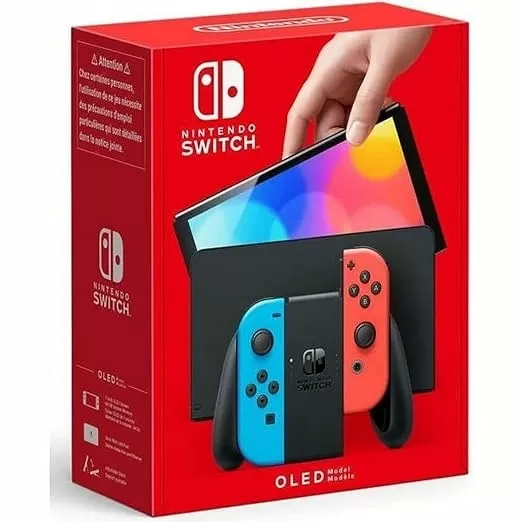
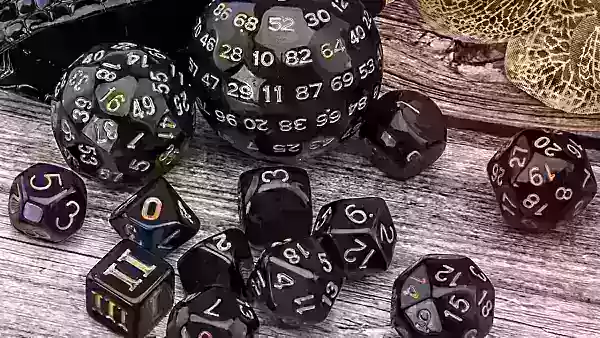









 Latest Games
Latest Games

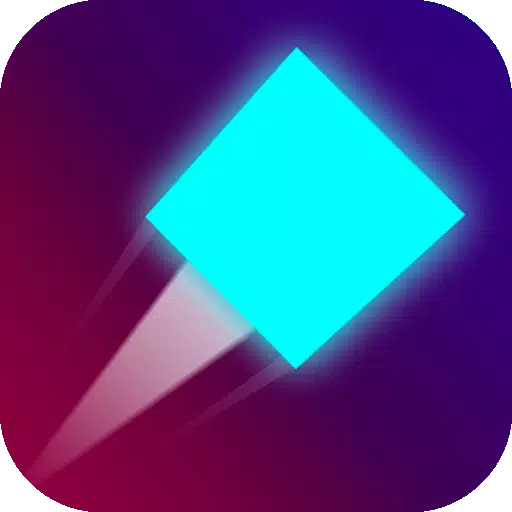


![Chubby Story [v1.4.2] (Localizations)](https://imgs.xddxz.com/uploads/85/1719638042667f981a5e9f8.jpg)

![Zia – New Version 0.4 [Studio Zia]](https://imgs.xddxz.com/uploads/47/1719569268667e8b74e6004.jpg)

